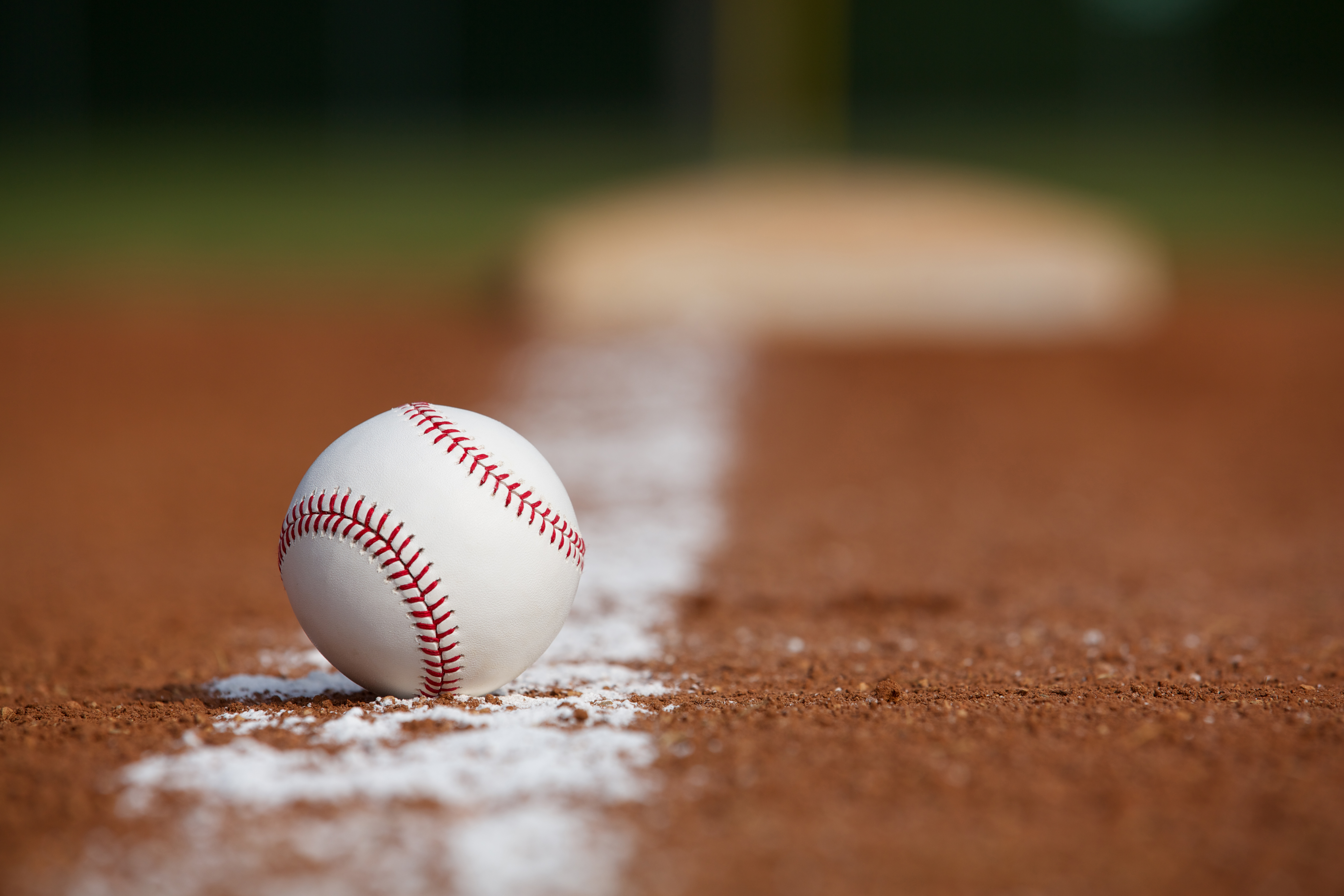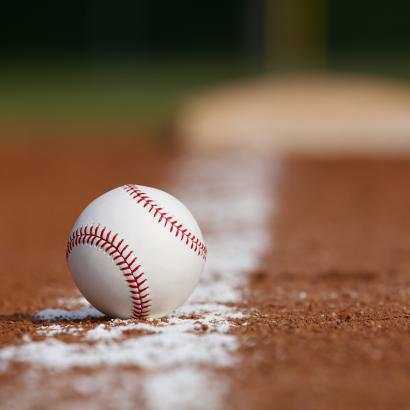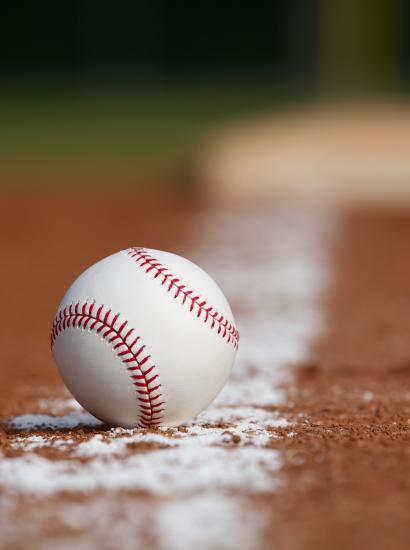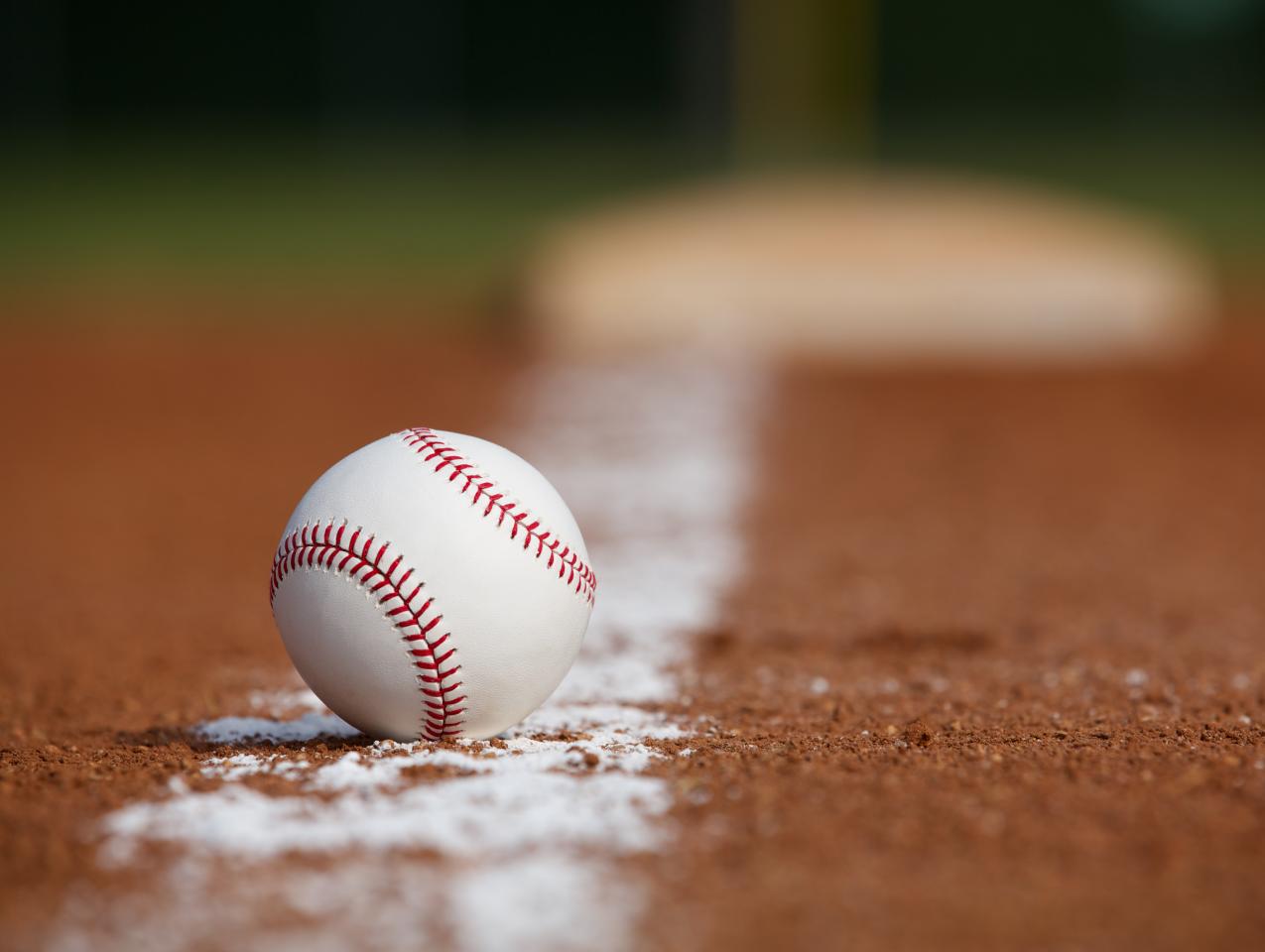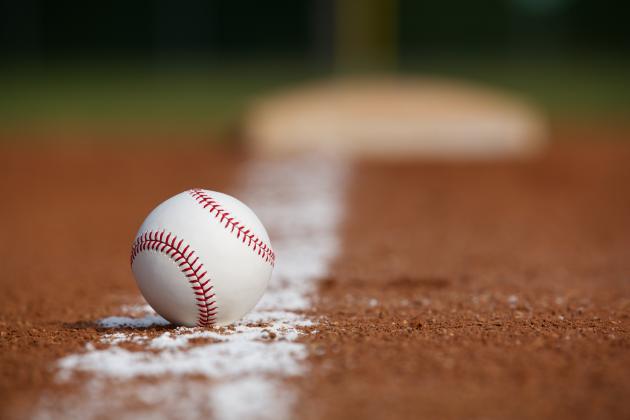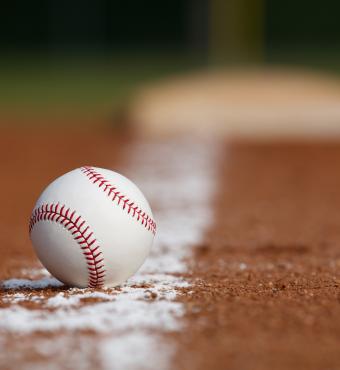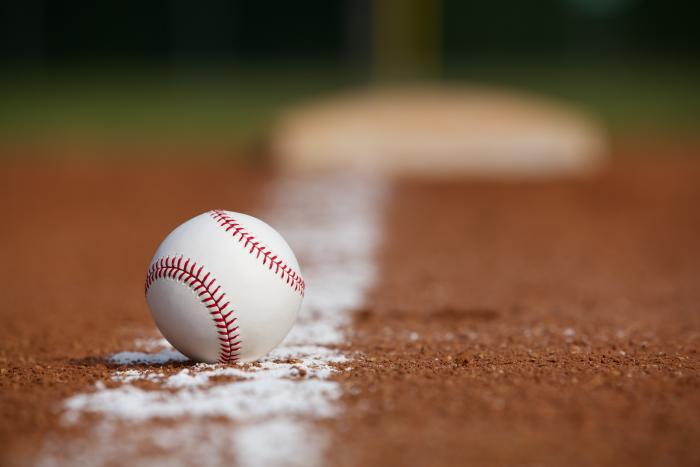- Politics, Institutions, and Public Opinion
- State & Local
- California
One of the challenges for a politician in trying to pull out of a skid is not to overdo the course correction.
Case in point: California governor Gavin Newsom’s visit to Fresno last Friday.
Newsom dropped by the Golden State’s fifth most populous city, for the second time in February (a rarity for a coastal-oriented liberal governor to be journeying that often to the more conservative Central Valley), to showcase two mobile COVID vaccination sites launched to serve local farmworkers.
That much of the trip made good political sense. Added bonus: it was far more civil than the governor’s visit to Fresno on February 10, when his appearance was interrupted by hecklers chanting, “Recall Newsom.”
But where Newsom overdid it: a stop at Fresno’s Los Amigos restaurant, which had received a state relief grant, accompanied by the comedian George Lopez. California’s governor captured the moment in a TikTok video (the restaurant in question likewise posted a 14-second Facebook video that featured Lopez but not the governor).
Within 48 hours, Newsom found himself in yet another COVID-related controversy eerily reminiscent of his ill-advised French Laundry dinner last fall. The question: did the governor dine indoors at a restaurant where indoor dining presently is not allowed? Combined with his being skewered in a Saturday Night Live skit, it wasn’t one of the better stretches of Newsom’s reign.
Then again, it could have been worse—especially if Newsom had dared to venture to one of the handful of public schools that are a short drive from Los Amigos.
That’s because Newsom faces two challenges with regard to public schools, the first and foremost being the question of when (or if) the 2020–21 academic year will return to some semblance of classroom instruction. Though the governor and the state legislature have struck a deal to reopen schools for K–2 students by the end of month, teachers’ unions’ reluctance to sign off on a compromise suggests there’s drama to be had on the reopening front.
Newsom’s other school-related headache: what to do about organized sports.
And the individual partially to blame for said headache: a San Diego attorney named Stephen Grebing.
It was Mr. Grebing who helped win a temporary restraining order last month enabling high school and youth sports to resume in San Diego County. He now intends to file lawsuits in Los Angeles, Orange, Riverside, Santa Barbara, San Bernardino and San Francisco Counties to achieve the same easing of COVID restrictions (under the state present health standard, “outdoor high-contact sports” can only resume in counties that achieve an adjusted daily average of 14 new cases per 100,000 residents).
Where this makes life difficult for Newsom: what does he do when a county doesn’t want to listen to the powers that be in Sacramento when it comes to restarting prep sports? That’s the case in San Francisco (the city where Newsom once served as mayor), which is willing to allow low-contact sports like tennis but not higher-risk endeavors such as football or rugby.
Does this mean Newsom should use his gubernatorial bully pulpit to coax/shame San Francisco and other reluctant counties into restarting scholastic sports? If so, that would be a stylistic departure for a governor who rarely negotiates in public (or blows off steam) with the state’s teachers’ unions—and who has been noticeably silent while San Francisco has clumsily waded into its school-renaming controversy (one wonders if Sen. Dianne Feinstein, whose name is targeted for removal from a San Francisco elementary school, has taken note of the governor’s seeming apathy to the local political correctness run amok).
Supposing reluctant counties buy into the state’s revised sports guidelines, then perhaps Newsom dodges a bullet. But if counties approach the athletic reopening inconsistently, then the governor again might find himself struggling with the same convoluted problems—perplexing science, nonuniform rules and regulations—that have contributed to the decline in his political fortunes over the past year.
And Newsom might also find himself in a political tussle with that most American of institutions: baseball.
Last week, a San Diego supervisor asked the governor to reopen Petco Park so that fans could attend the April 1 home opener of the San Diego Padres. “Many other cities and teams have changed the way they operate to keep their fans safe, by limiting areas where they can congregate and making masks mandatory,” wrote Supervisor Jim Desmond. “I’m confident the San Diego Padres organization will do the same. Allowing fans back into Petco Park will bring back thousands of jobs, which have been put on hold, and help the businesses in the surrounding area that have been decimated over the last year.”
Desmond pointed reporters to a recent medRxiv study that examined the impact of fans attending professional and college football games. Its conclusion: no increase in COVID cases per 100,000 residents in counties where football was played before crowds—that includes last month’s Super Bowl in Tampa, Florida.
Why this could put Newsom between a rock and a hard place—or, in this case, a baseball diamond: live sporting events with fans in attendance ranks among the lowest of priorities under California’s multi-tiered economic reopening plan. For Padres fans to repopulate their charming downtown ballpark, San Diego County would have to achieve the minimal “yellow tier” status—less than one new daily case per 100,000 people and a positive testing rate of below 2%. As of last weekend, San Diego County reported a four-month low in new COVID cases, but nowhere near the figures needed to make Petco Park publicly accessible.
Let’s suppose Newsom (who played baseball in college) decides to cut the Padres a break. Does he do the same to the Padres’ hated rivals to the north, the defending champion Los Angeles Dodgers (whose home-opener comes eight days after the Padres)? And what about the Los Angeles Angels, who play their home games in Anaheim?
And that’s just the Southern California side of the equation. Were Newsom to grant the Padres a favor, what about the Northern California team he roots for—the San Francisco Giants—and their transbay neighbors, the Oakland A’s? Suddenly, the governor could find himself in questions over greasing the wheel (which team gives more to Democratic causes and invests in Sacramento lobbyists?) and that most pernicious of political debates: equality versus equity. The free-spending Dodgers are baseball nobility, with the fiscally cavalier Padres not far behind. The other three California franchises aren’t in the same stratosphere. Possibly facing a recall election later this year, would Newsom dare to risk the wrath of multiple California baseball fan bases (keeping mind that baseball is a slow-moving spectator sport tailor-made for side conversations during the course of a game, such as the merits of a gubernatorial recall)?
Unless there’s evidence to the contrary, let’s assume Newsom didn’t violate his own rules by dining indoors in Fresno.
Which is too bad: the longer California wallows in COVID-related drama, the better a little Mexican comfort food sounds.







